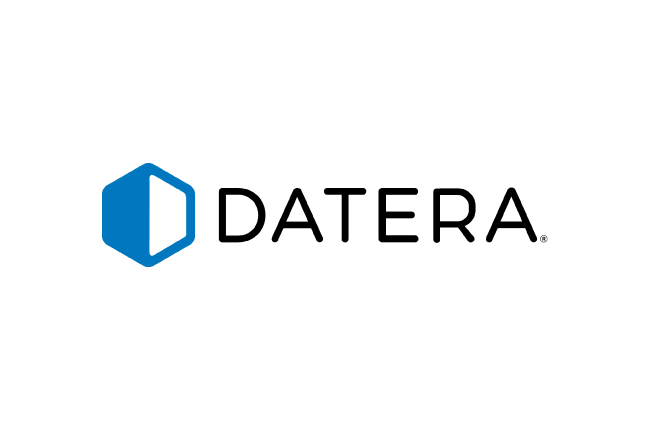Public cloud storage promises agility, scalability, and endless capacity. However, for many organizations, the reality falls short. Limited performance, capacity constraints, and skyrocketing costs cast a shadow on the cloud storage dream. If you're hesitant to migrate fully and unsure how to overcome these storage hurdles, don't give up on the cloud yet. Continue reading to learn how you can unlock its true potential.

Beyond public cloud limitations
The digital landscape is not one-size-fits-all. Different applications demand distinct storage configurations. Public cloud offerings alone often lack the flexibility and customization needed to manage diverse workloads efficiently. The key lies in a multi-layered approach—seamlessly integrating basic cloud storage services IP from various storage Independent Software Vendors (ISVs). This opens doors to optimized performance, cost-effectiveness, and data residency compliance, regardless of your chosen cloud provider.
 Performance challenges in public cloud storage
Performance challenges in public cloud storage
Let's face it. Public cloud storage often struggles with demanding workloads, impacting application responsiveness and user experience. The answer? Look beyond individual cloud silos. By pooling basic cloud storage resources together, you can overcome the individual limitations of a particular volume type. Cloud providers are also now offering file storage platforms from various ISVs as they realize their internal offerings do not scale in performance or capacities that users demand.
 Ensuring availability in the cloud
Ensuring availability in the cloud
Downtime is a costly enemy. In the cloud, achieving high availability (HA) across multiple zones and regions requires strategic planning. Native replication within cloud services can offer a safety net, but true resilience demands more. Consider advanced solutions that seamlessly orchestrate failover across diverse environments, ensuring your data remains accessible, even in the face of disruptions.
 Managing costs in public cloud storage
Managing costs in public cloud storage
Public cloud storage can quickly bleed your budget, especially with the lack of data services offered by cloud providers. Advanced capabilities such as thin provisioning, deduplication, compression, and space-efficient snapshots can reduce your storage footprint, resulting in significant cost savings. Remember, it's not just about storing data—it's about managing it efficiently.
 Multi and hybrid cloud enablement
Multi and hybrid cloud enablement
Why limit yourself to one cloud vendor? A multi-hybrid approach offers unprecedented flexibility. Imagine keeping sensitive data on-premises securely while seamlessly accessing and processing it across multiple clouds. This allows you to utilize the distinctive strengths of every platform, thus optimizing performance, cost, and compliance without being bound to any particular cloud vendor.
Read the Blog Post: Is Hybrid Cloud Storage Right for You? Here’s What to Consider.
Charting your storage journey
Navigating the complexities of cloud storage does not have to be a lonely trek. Here are some key areas to consider:
- Increased performance: You can break free from performance limitations by pooling cloud volumes or utilizing advanced file storage platforms.
- Multi and hybrid cloud enablement: Increase workload flexibility and scalability by reaping the benefits of public and private cloud environments.
- Data protection: Move beyond traditional backup to ensure data availability and security.
- Widen tech capabilities: Leverage specialized solutions within the public cloud for advanced features.
- Data footprint reduction: Implement thin provisioning, deduplication, and compression to optimize storage costs.
- Cost and performance optimization with cloud-connected storage: Avoid egress fees and vendor lock-in while increasing access to the best toolsets available by connecting storage in a colocation facility to multiple cloud providers.
Ready to unlock the true potential of cloud storage? Redapt offers cutting-edge data solutions and unparalleled expertise in managing complex storage infrastructure.
Let's discuss how we can help you break free from public cloud limitations and navigate the path to an optimized, cost-effective, and secure storage solution.
Categories
- Cloud Migration and Adoption
- Enterprise IT and Infrastructure
- Artificial Intelligence and Machine Learning
- Data Management and Analytics
- DevOps and Automation
- Cybersecurity and Compliance
- Application Modernization and Optimization
- Featured
- Managed Services & Cloud Cost Optimization
- News
- Workplace Modernization
- Tech We Like
- AWS
- Social Good News
- Cost Optimization
- Hybrid Cloud Strategy
- NVIDIA
- Application Development
- GPU






